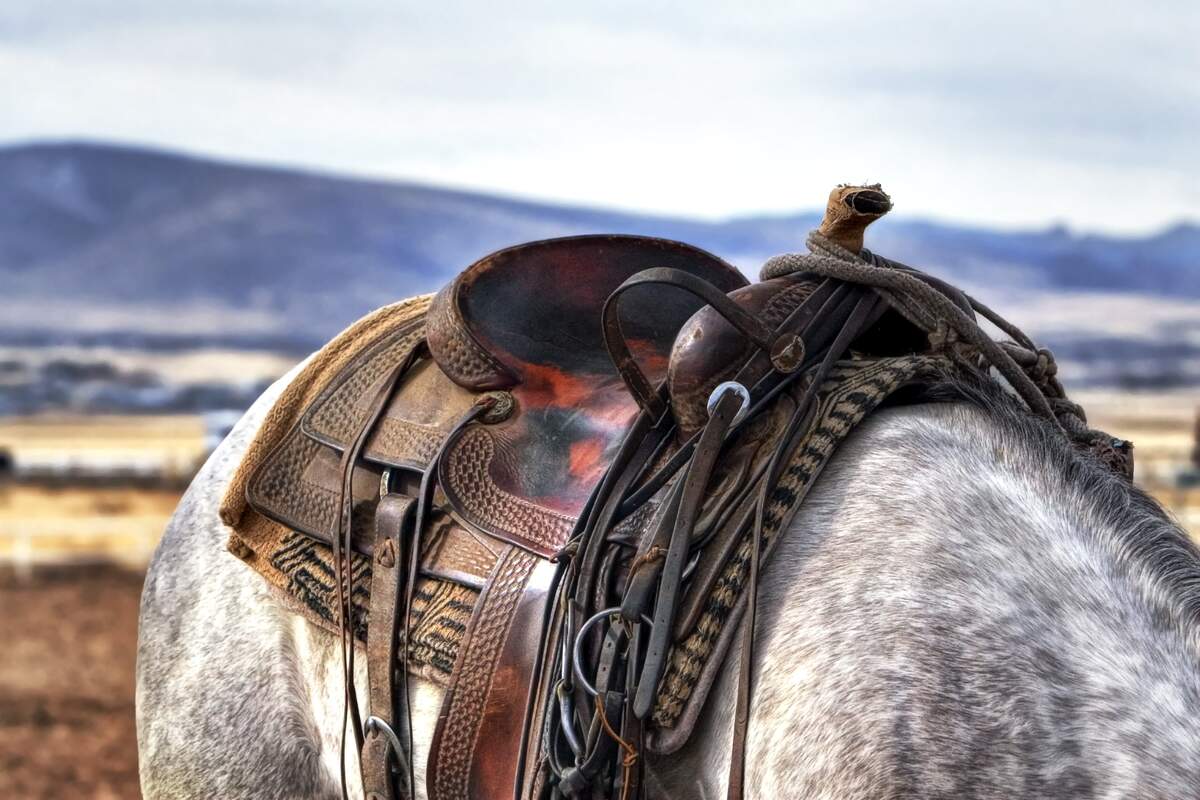

National Day of the American Cowboy
Also known as
National Day of the Cowboy
Observed
the fourth Saturday in July (since 2005)
Dates
Founded by
United States Senate on May 21st, 2005
Hashtags
Sources
National Day of the American Cowboy, also known as National Day of the Cowboy, is observed next on Saturday, July 26th, 2025. It has been observed the fourth Saturday in July since 2005.





















